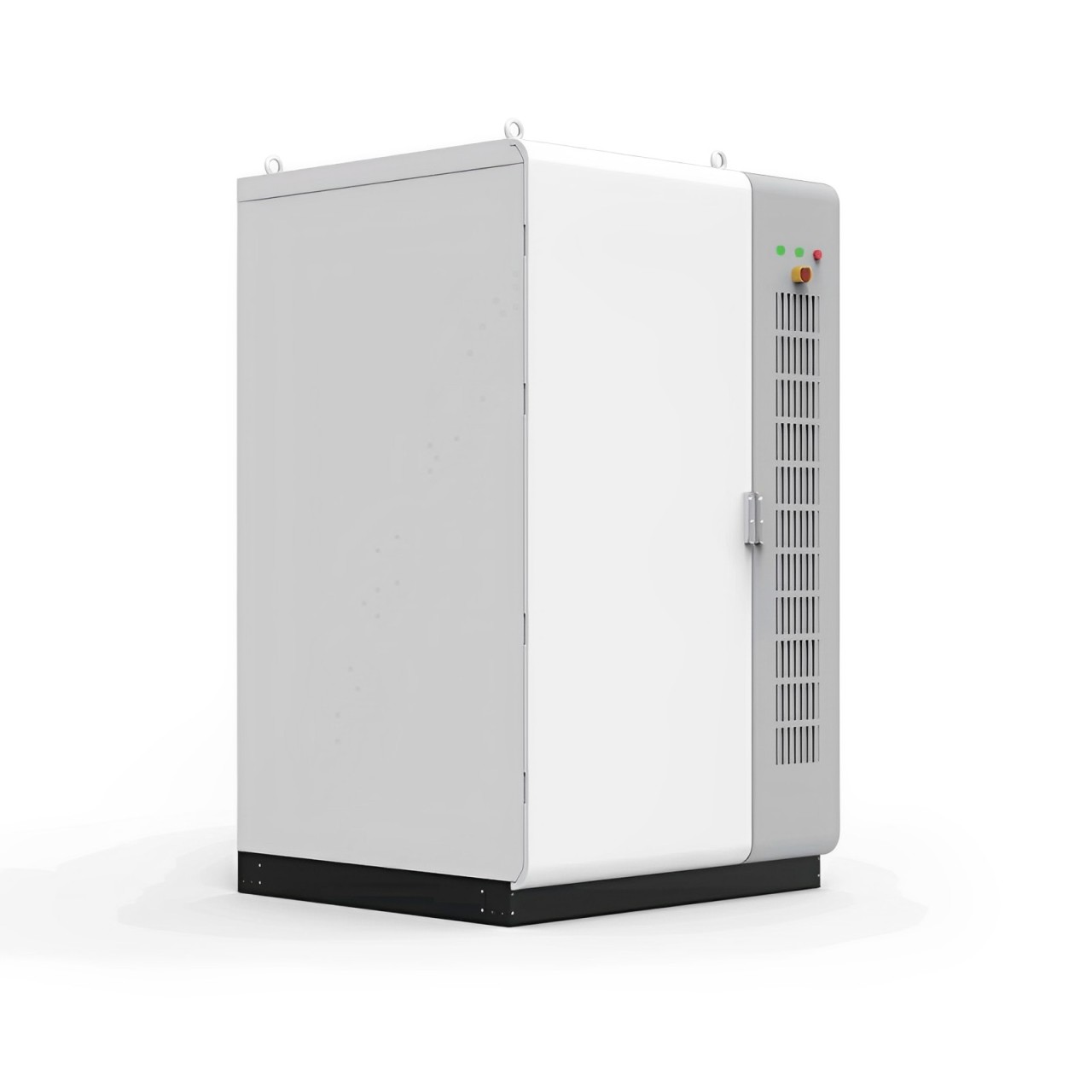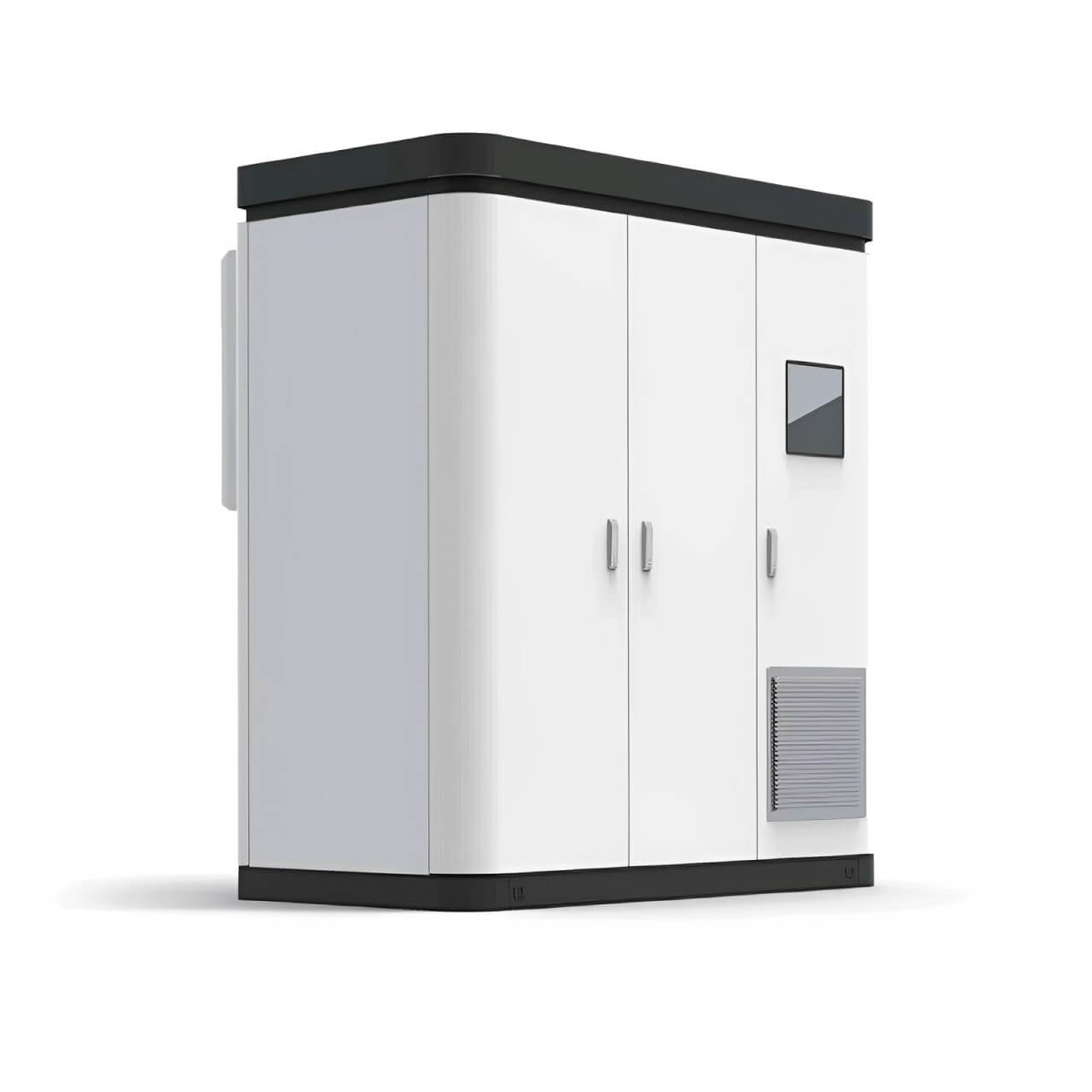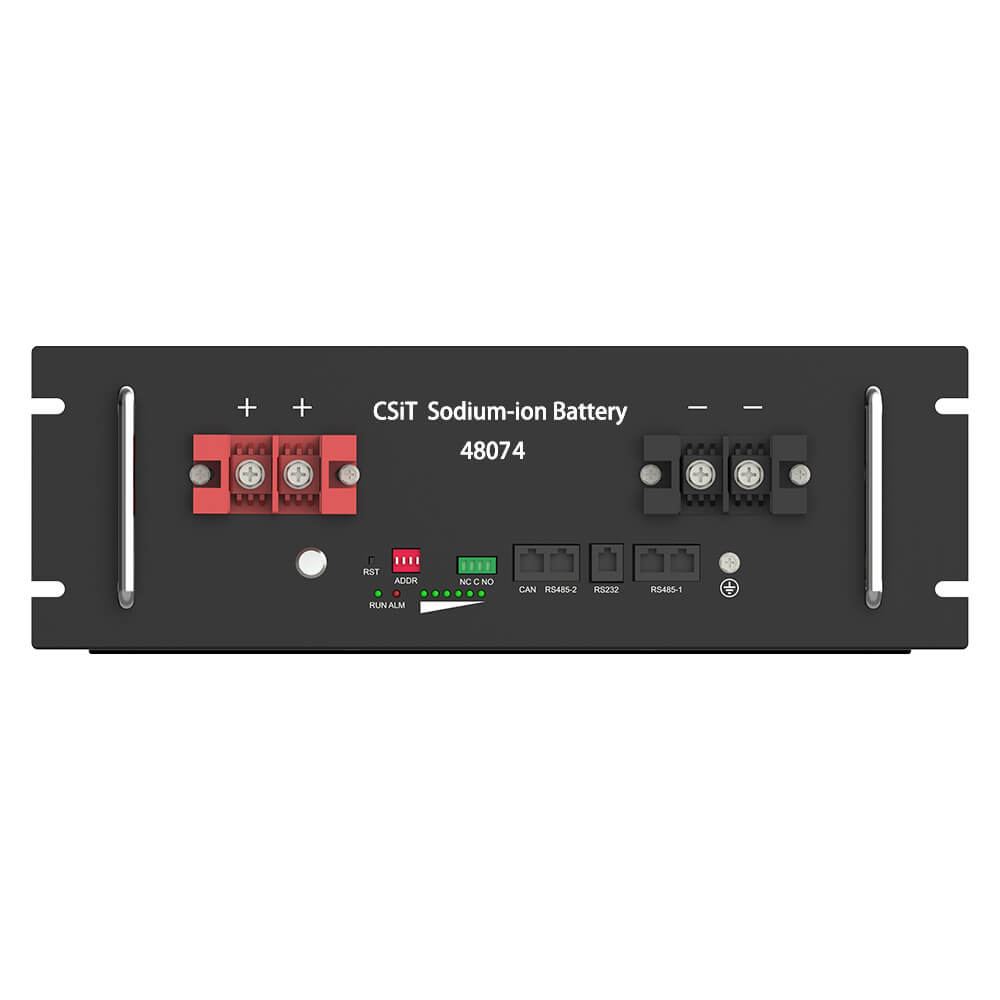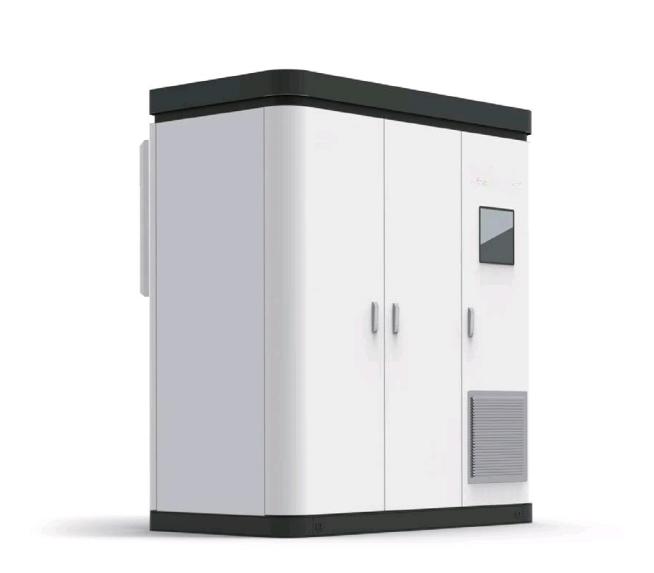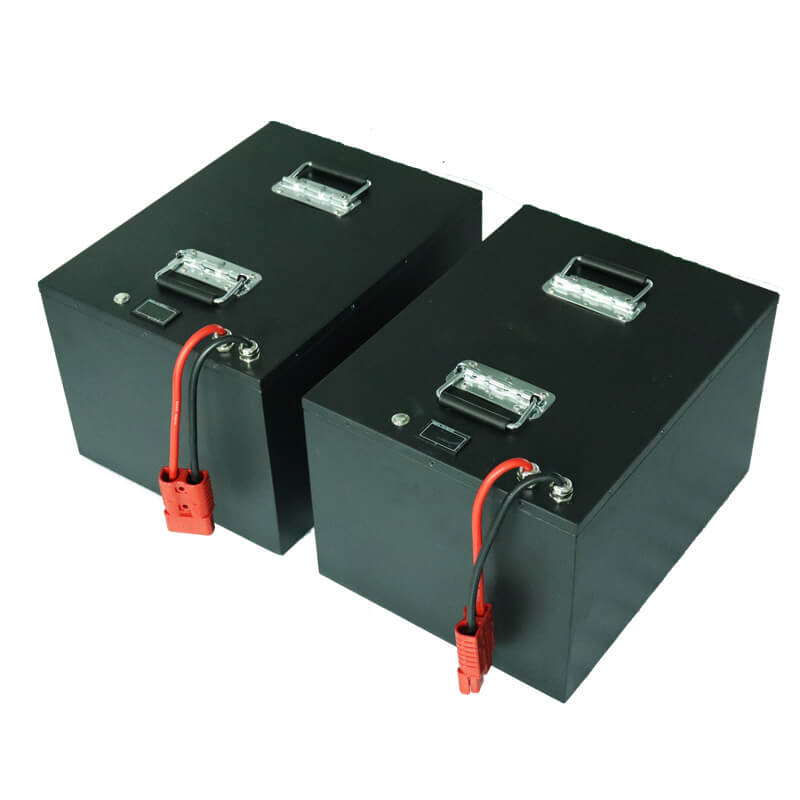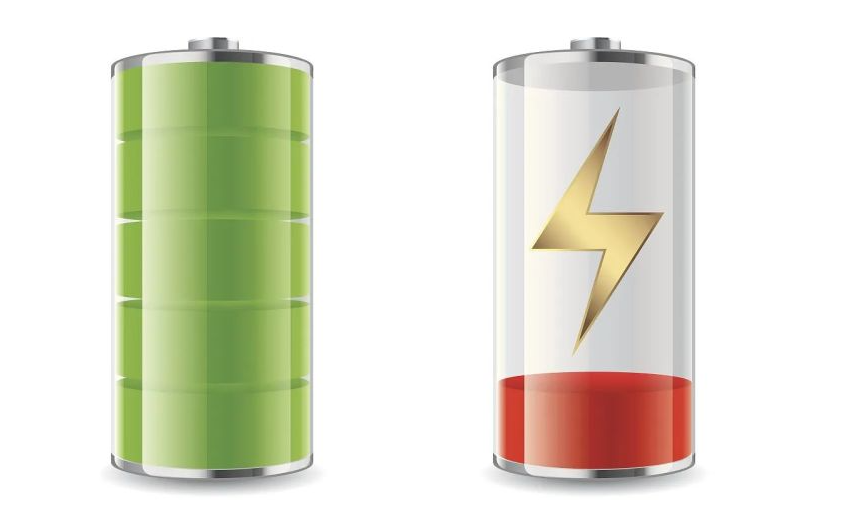Maintenance of lithium-ion batteries and long-term storage of lithium-ion batteries ;
Lithium battery storage
"Lithium battery", is a class of lithium metal or lithium alloy as the anode material, the use of non-aqueous electrolyte solution.1912 lithium metal batteries were first proposed and studied by GilbertN.Lewis.In the 1970s, M.S.Whittingham proposed and began to study lithium-ion batteries The lithium-ion battery was first introduced by Gilbert N. Lewis in the 1970s. Due to the chemical properties of lithium metal is very active, making the processing, preservation and use of lithium metal, the environmental requirements are very high. Therefore, lithium batteries have not been applied for a long time. With the development of science and technology, lithium batteries have now become mainstream.
Lithium batteries can be roughly divided into two categories: lithium metal batteries and lithium ion batteries. Lithium-ion batteries do not contain lithium in metallic form and are rechargeable. The fifth generation of rechargeable batteries, lithium metal batteries, was born in 1996, and its safety, specific capacity, self-discharge rate and performance-price ratio are better than lithium-ion batteries. Due to the limitation of its own high technical requirements, only a few companies in a few countries are now producing this kind of lithium metal batteries.
Lithium-ion battery: It is a kind of secondary battery (rechargeable battery), which mainly relies on the movement of lithium ions between the positive and negative electrodes to work. In the process of charging and discharging, Li+ goes back and forth between the two electrodes embedded and de-embedded: when charging, Li+ is de-embedded from the positive electrode, and is embedded in the negative electrode through the electrolyte, and the negative electrode is in the state of lithium-rich; the opposite is true when discharging.
Lithium batteries are divided into lithium batteries and lithium-ion batteries. Cell phones and laptops use lithium-ion batteries, which are often commonly referred to as lithium batteries. Batteries generally use materials containing lithium as electrodes, is a representative of modern high-performance batteries. True lithium batteries are seldom used in everyday electronics due to their dangerous nature.
Newly purchased lithium batteries because more or less will have a little bit of power, therefore, the user can get the battery can be used directly, the remaining power will be used up and then charged, after such 2 ~ 3 times of normal use can be fully activated lithium battery activity. Here is a special reminder: do not believe the salesman or the rumors on the network, new lithium batteries should be used for the first time up to 12 hours of activation.
Lithium batteries do not have a memory effect, can be used with charging, but it should be noted that lithium batteries can not be over-discharged, over-discharge will cause irreversible loss of capacity. When the machine reminds the low battery power should start charging immediately.
In daily use, just charged lithium batteries should be set aside for half a clock, after the charged performance is stabilized, otherwise it will affect the performance of the battery.
When not using the instrument, be sure to take out the battery and store it in a dry and cool place.
Pay attention to the use of lithium battery environment: lithium battery charging temperature of 0 ℃ ~ 45 ℃, lithium battery discharge temperature of -20 ℃ ~ 60 ℃.
Do not mix the battery with metal objects, so as to avoid metal objects touching the positive and negative poles of the battery, causing a short circuit, damaging the battery or even causing danger.
Don't knock, pinch, step on, modify, sunlight the battery, don't place the battery in microwave, high pressure and other environments.
Use regular matching lithium battery charger to charge the battery, do not use inferior or other types of battery charger to charge the lithium battery.
Lithium batteries should be charged to 50%~80% when not in use for a long time, and removed from the instrument and stored in a dry and cool environment, and recharge the batteries every 3 months, so as not to store them for a long time, and the batteries will be too low due to self-discharge, resulting in irreversible loss of capacity.
The self-discharge of lithium battery is affected by the ambient temperature and humidity, high temperature and wet temperature will accelerate the self-discharge of the battery, it is recommended to store the battery in a dry environment of 0℃~20℃.

 简体中文
简体中文 Russian
Russian French
French German
German Japanese
Japanese Korean
Korean Arabic
Arabic Spanish
Spanish